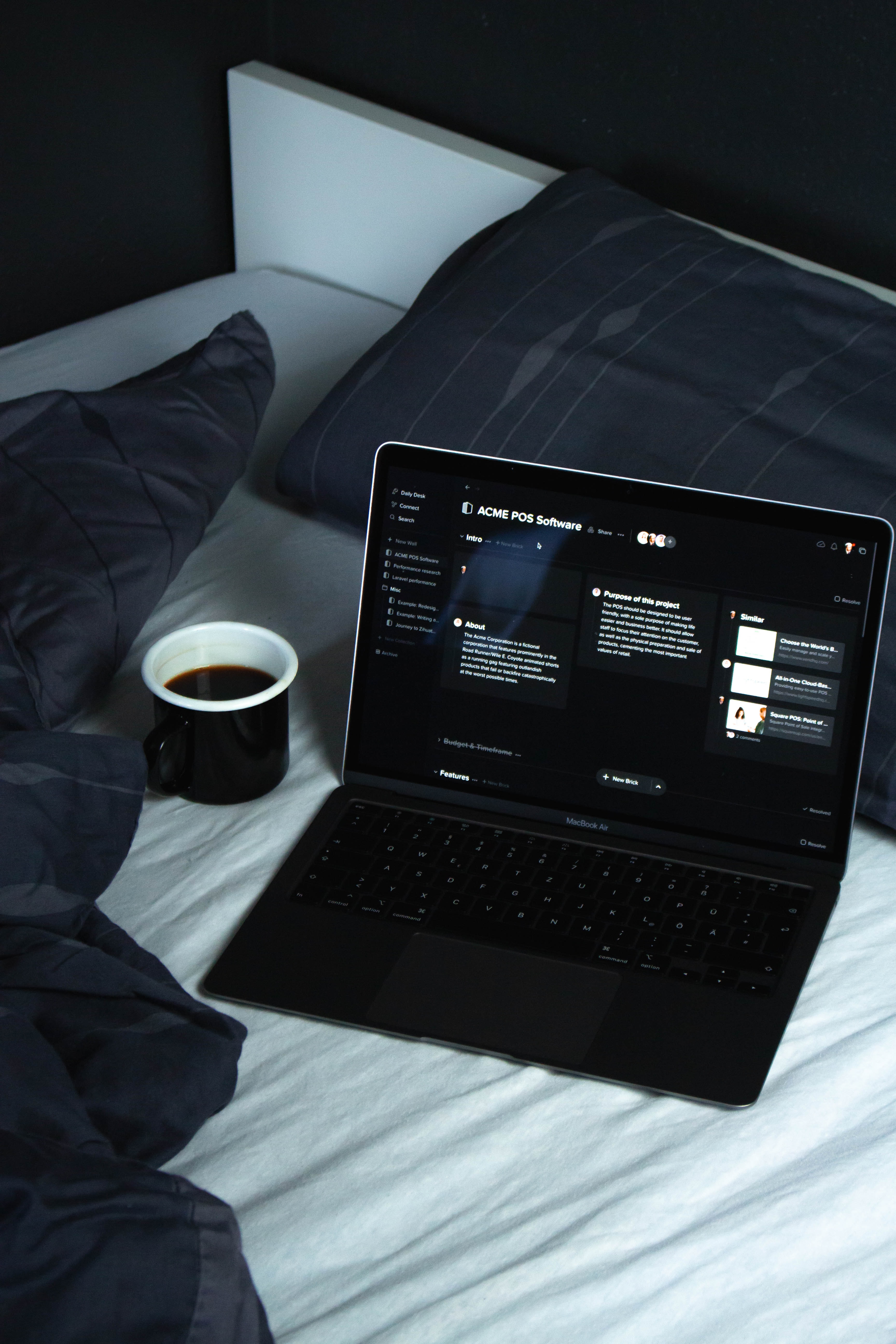We are halfway through the year, and it's time to review the predicted trends in web design. Have they actually panned out? Are we seeing them implemented in websites and application design? And why should you even care about design trends?
According to Forrester research, just one dollar invested in UX has an average return of $100.
Every designer is happy to tell you how much good design matters, but these kinds of numbers speak for themselves. Let's jump into the trends.
1. Personalized Experiences
Since we go to all this trouble to gather data about the people who visit our websites or use our applications, we might as well use it to improve the user's experience on an individualized level. From a pragmatic level, this could look like localization. It was once acceptable to have a US-centric approach to web software, but no longer. Localization enables you not only to provide seamless language translation but also to handle often overlooked issues, like forms not adapting to local phone number fields or address fields. This can even look like adapting vocabulary to local preference, for example, "basket" in the UK rather than "cart" in the US for e-commerce sites. Personalization goes beyond recognizing and adapting to a user's location. This can also look like show recommendations on Netflix or pre-made playlists on Spotify.

2. Dark Mode
Built-in dark mode first came on the scene with Apple's 2018 OS release, Mojave, which offered it as a setting for the whole experience within their computers. Since then giants like Amazon, Microsoft, and Google have offered it as well. There are a lot of reasons users love dark mode. It causes less eye strain. In a world where most of us spend our work days on a computer, only to unwind by scrolling on our phones, only to watch Netflix on our laptops before bed, while absently gaming on a tablet, reducing eye strain is a huge benefit. It also generally reduces power usage on our devices. It also reduces the amount of blue light, especially good for those late hours on our devices. Finally, it provides improved visibility for some visually impaired users. If you're building an app, offering a toggle for dark mode within your settings is a great idea. For those with a custom website, ensure your designs look great in both modes, as many visitors may have dark mode turned on within their browsers.
3. Minimizing Complexity
With the pandemic, many web-based tools and applications hurried to release new features and capabilities to serve the needs of their users. But not all of them were implemented in the most intuitive way. It's now time to review the user's journey to each of these features and assess if that can be made more streamlined. In addition to responding to the pandemic, we have seen the rise of super apps, all-in-one platforms, or even apps that themselves may not be expansive, but provide extensive integrations. These tools are ready for a design overhaul! Reassessing your tool from a blank slate now that they have grown and responded to needs is an excellent way to retain your customers, improve their experiences, and gain new users. Even simple metrics like, "How many clicks does it take a user to do [insert key functionality of your app here]?" can help you identify friction or frustration that your customers experience every time they turn to your tool.
Along with this UX trend, comes clean flat UIs. There are lots of beautiful, minimalistic designs that are still reigning supreme. They often come with a twist, such as small elements that pop. These pops should be aligned with user or company goals, such as on the main CTA or on the primary function of the tool. These are often achieved with exciting colors, gradients, or even microinteractions (another trend we will cover below).
4. Microinteractions
Microinteractions are things like swipe actions, hover color or animations, or enlarging a button on click. These types of subtle user feedback are increasingly popular. They also enhance the user's experience. An amazing, but strange thing about the human brain is how fast it is: how fast it thinks and how fast it adapts to a changing world. (Just try using dial-up internet or playing your favorite childhood video game and your brain will explode with impatience.) More and more, users, if not consciously, expect feedback from web tools, otherwise they think the site is lagging, the app is hanging, or the feature doesn't work. It is really advantageous to consider dynamic user feedback in your design, now and moving forward.
5. AR/VR
AR and VR have already found a home in gaming, e-commerce, and remote work. We suspect that this will only begin to enter even more industries. What about VR telemedicine? What about VR educational tours of famous historical sites? What about to B2B industries? With each of these implementations, the design industry will need to innovate new ways to encounter the UX challenges of VR and AR experiences. It will now become a question of how to create immersive UX.